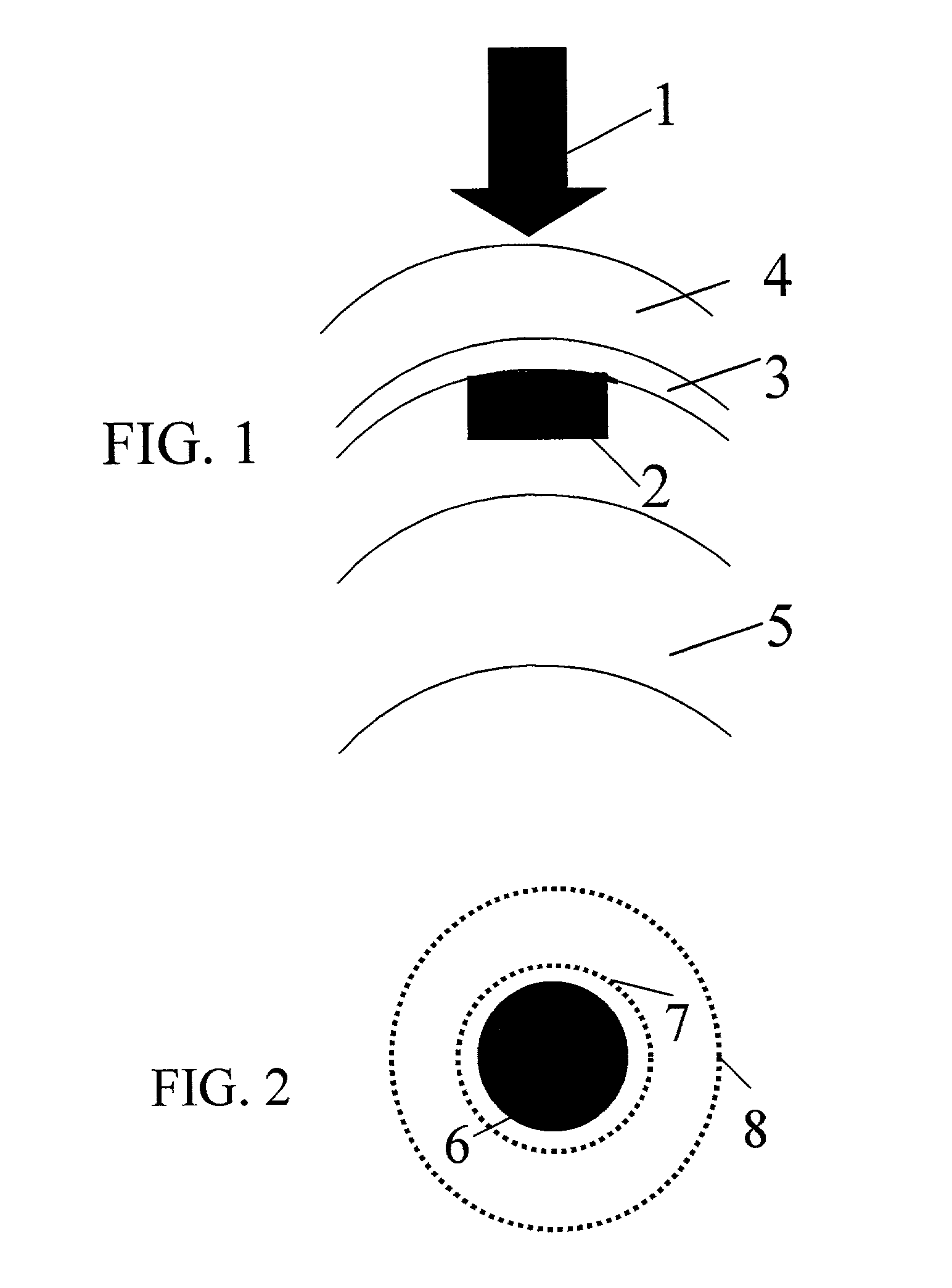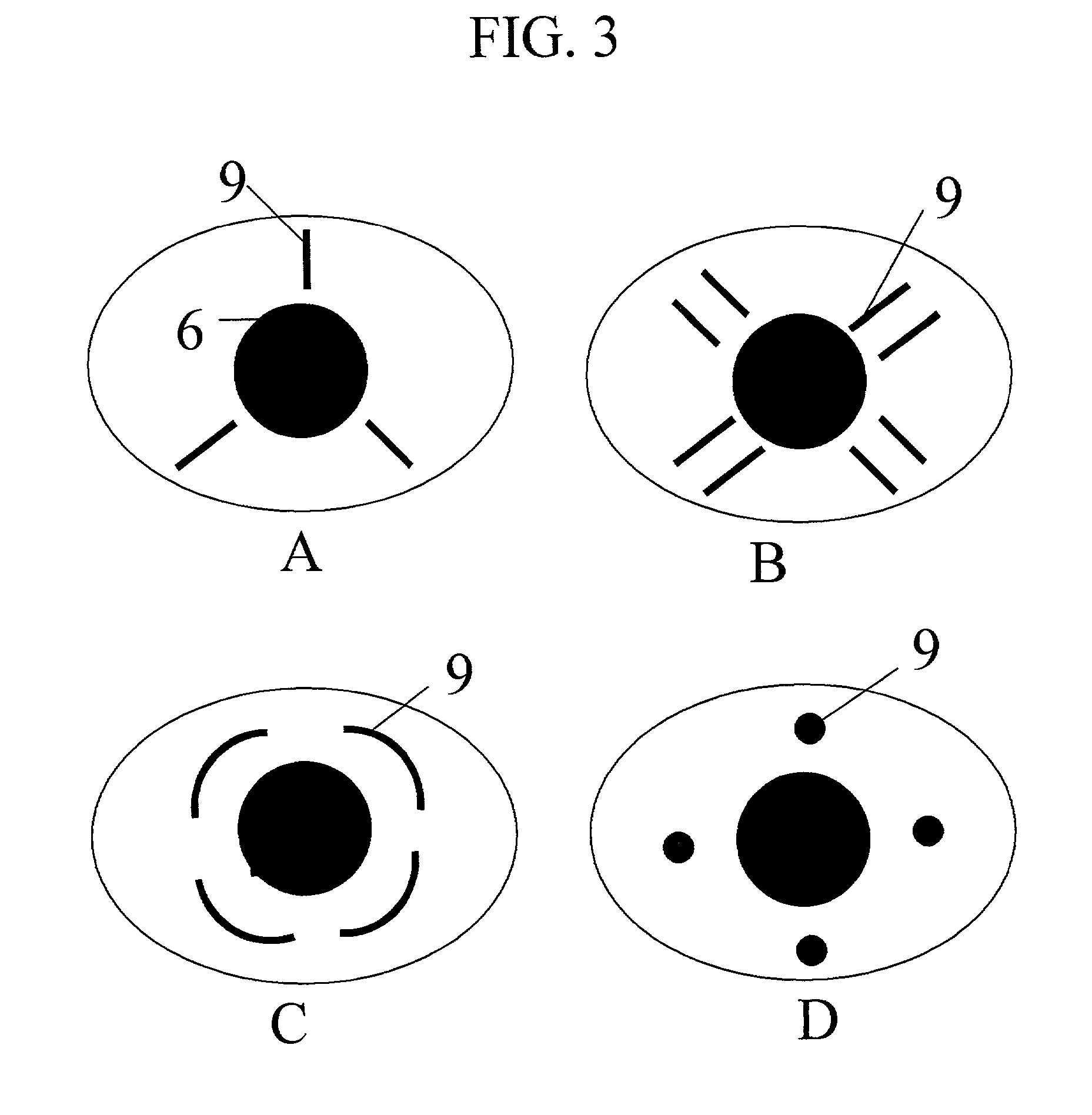Method and apparatus for treatment of presbyopia by lens relaxation and anterior shift
a technology of presbyopia and lens relaxation, applied in the field of presbyopia treatment, can solve the problems of myopia, hyperopia, and prior art that did not actually solve the intrinsic problems of presbyopic patients, and achieves the effects of improving the quality of life of patients
- Summary
- Abstract
- Description
- Claims
- Application Information
AI Technical Summary
Benefits of technology
Problems solved by technology
Method used
Image
Examples
Embodiment Construction
[0031] A surgical system in accordance with the present invention comprises a basic tissue removal or ablation means includes physical blades or knife, electromagnetic wave such as radio frequency (RF) wave, electrode device, bipolar device and plasma assisted electro-surgical device. When the above radio frequency devices are used, the preferred embodiment requires a minimum thermal damage to the sclera tissue with efficient ablation which can be controlled by its frequency (10 to 1000) KHz, pulse duration, 100 micro-seconds to continuous wave, and its power output (0.1-20) W. The "ablation" is defined in a general sense to include tissue removal by means of incision or evaporation. The dimension of the removed sclera tissue, its depth, width and length may be easily controlled by the size of the physical blades or the end tips of the ratio frequency (RF) device. The RF wave may be generated by a sinusoidal, square or no-specified shapes.
[0032] FIG. 1 shows the filling effect of th...
PUM
 Login to View More
Login to View More Abstract
Description
Claims
Application Information
 Login to View More
Login to View More - R&D
- Intellectual Property
- Life Sciences
- Materials
- Tech Scout
- Unparalleled Data Quality
- Higher Quality Content
- 60% Fewer Hallucinations
Browse by: Latest US Patents, China's latest patents, Technical Efficacy Thesaurus, Application Domain, Technology Topic, Popular Technical Reports.
© 2025 PatSnap. All rights reserved.Legal|Privacy policy|Modern Slavery Act Transparency Statement|Sitemap|About US| Contact US: help@patsnap.com



